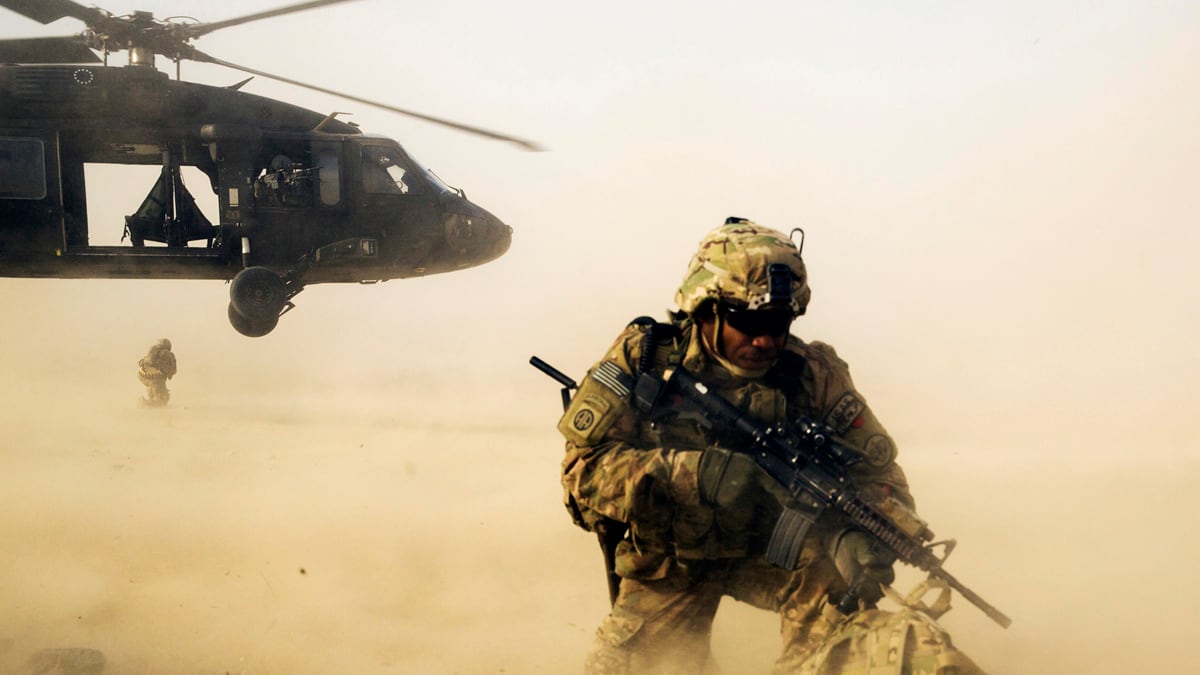Tech
© Lucas Jackson / Reuters
No Talking, No Drugs—Spec-Ops Vets Pioneer Quiet PTSD Therapy
TREATMENT
With a seemingly endless backlog of cases facing the armed forces, a new treatment—Accelerated Resolution Therapy—is giving new hope for patients.

Trending Now





